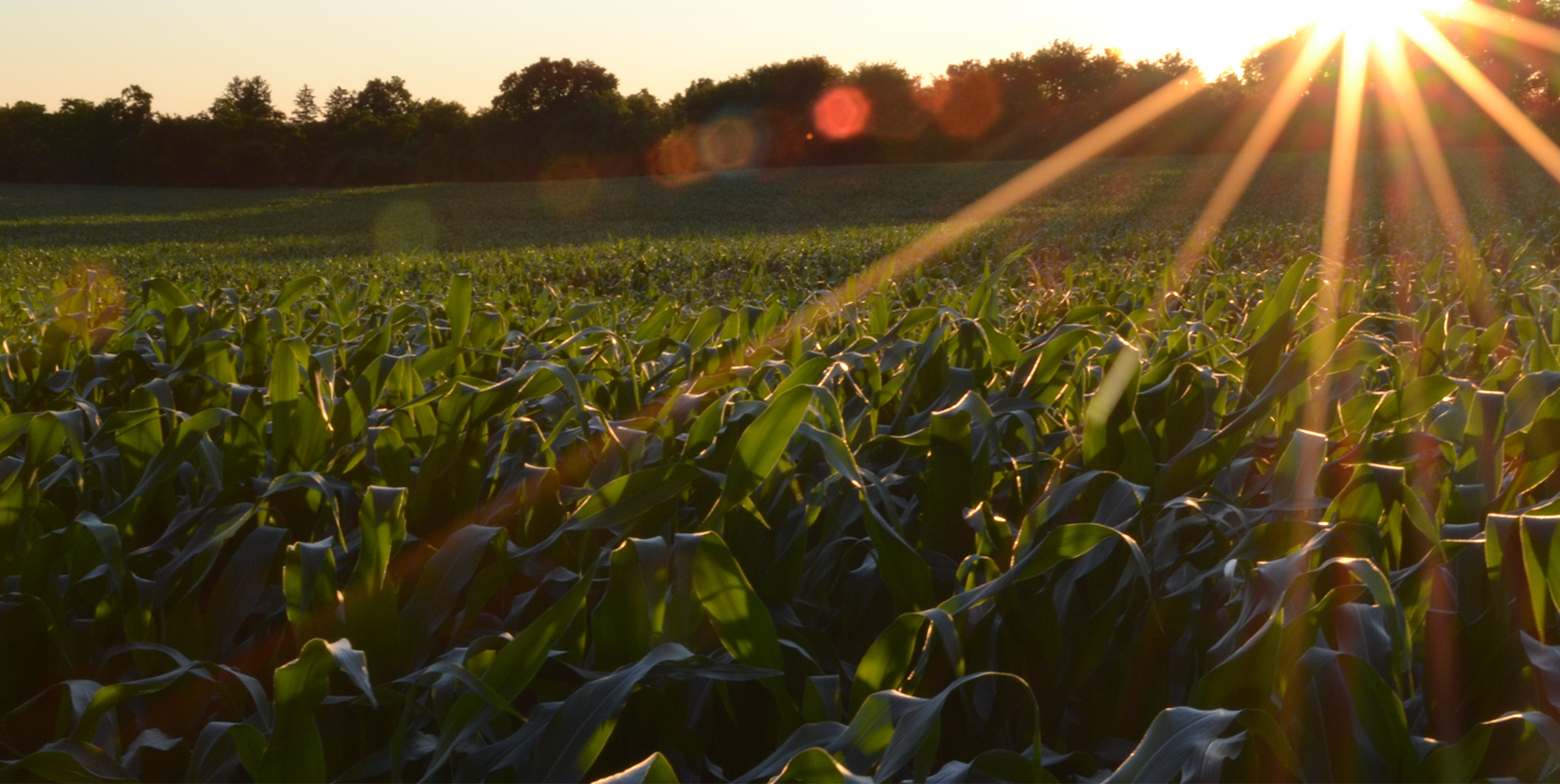Integrated Soil Fertility Management (ISFM)
Integrated Soil Fertility Management (ISFM) refers to a set of agricultural practices that can be applied simultaneously to improve agricultural productivity through increasing soil nutrients and improving crop water use. ISFM includes a broad range of agricultural practices that have all been adapted to local conditions to improve soil nutrients and include the combined application of the following approaches:
- Utilisation of organic fertilisers such as green manure, compost and crop residues.
- Application of locally available soil amendment methods, such as lime and biochar.
- Implementation of techniques like germplasm, agroforestry, crop rotation, intercropping etc.
- Limited use of inorganic or mineral fertilisers – seen as the last option in ISFM, when other interventions are not achieving optimal results.
ISFM can be successful for most arable farmers and has been known to double productivity and increase farm-level incomes by 20 to 50 percent if implemented correctly. It focuses on a series of practical approaches to sustainable farm productivity through locally available and affordable options for maintaining soil fertility and productivity, and is seen as a viable approach to reduce over-reliance on inorganic fertiliser. ISFM permits short- and long-term increases in productivity of cash crops and food security, and is considered climate smart as the combined ISFM approach maximises fertiliser uptake and sequestration of carbon in soil, allowing sustainable agricultural intensification driven by improved soil structure and fertility.
In addition to agricultural inputs and the following technical implementation steps, ISFM requires the farmer to consider farm size (land area), and property rights (land tenure) to ensure that investments are efficient and sustainable.
To implement ISFM approaches, the following should be considered:
- Step 1: Prepare a needs assessment based on understanding of farm challenges – low or declining productivity, soil fertility, low organic content, etc
- Step 2: Measure fields that require attention to understand volumes of inputs required.
- Step 3: Develop (or update) an agricultural calendar to use as a platform for discussion between farmer(s) extension officer(s).
- Step 4: Develop plan and schedule/programme of locally appropriate ISFM interventions between farmer(s) and extension officer(s), obtaining guidance from agricultural suppliers where necessary (lime application, etc). As ISFM is a blended approach, the plan should consider short and medium to long term interventions and outcomes.
- Step 5: Examine cost implications of the plan, revising where necessary based upon available resources, and if necessary/available apply for credit to fund investments.
- Step 6: Assess labour requirements within the ISFM plan to ensure that they can be fulfilled, and considerations of gender and youth have been accommodated – women are not expected to do the majority of work, and children are not missing school.
- Sanginga, N. and Woomer, P.L. (eds.). 2009. Integrated Soil Fertility Management in Africa: Principles, Practices and Developmental Process. Tropical Soil Biology and Fertility Institute of the International Centre for Tropical Agriculture. Nairobi, Namibia.
- GACSA 200. Integrated Soil Fertility Management: Contributions of Framework and Practices to Climate-Smart Agriculture. Practice Brief Climate-smart agriculture. IITA, Nairobi, Kenya.
- CTA 2019. The Digitalisation of African Agriculture Report, 2018-2019. Centre for Tropical Agriculture, Wageningen, The Netherlands.
Benefits
- Applying an ISFM approach can be a sustainable way to improve/rehabilitate soil fertility.
- ISFM is intended to optimise a combination of CSA strategies to achieve maximum outcomes.
- The focus should be on leveraging locally available materials and resources to improve productivity.
- ISFM should be seen as a scalable approach, involving a range of interventions that match available inputs and financial and human resources.
Drawbacks
- Lack of knowledge of applying the different strategies individually or in combination.
- Potentially high transaction costs as the process involves multiple interventions.
- Lack of credit facilities.
- Availability of labour.





